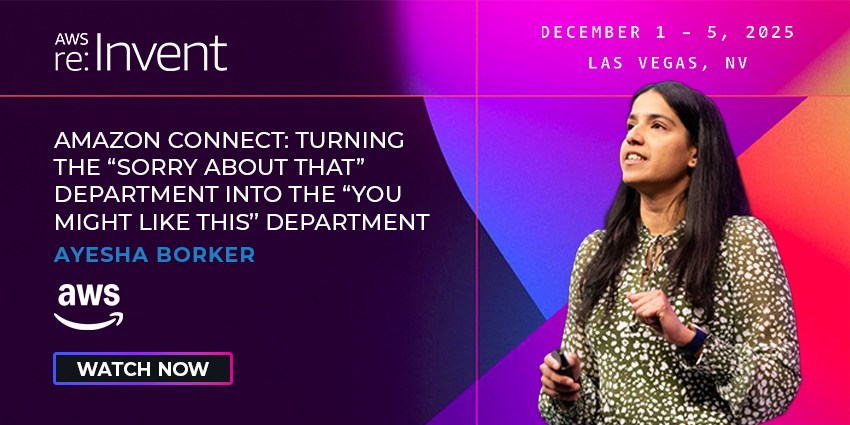There’s no denying that AI and the development of machine learning technology will have an impact on the future of business communications – but just how much of an impact has yet to be discovered.
With a recent report claiming that the AI software market will grow from $1.38 billion in 2016 to $59.75 billion by 2025, it’s clear that the trend shows no signs of slowing down and investing in it could soon become a necessity rather than a choice.
However, for many businesses the concept of AI is still unclear and many questions still need to be answered regarding what AI is, what it can do and how it can help improve business performance.
With this in mind, we have written a short yet incisive article that attempts to answer some of these questions and help give our readers the information they need to begin planning their journey into AI.
What is AI, exactly?
AI is a term we use to describe a set of highly advanced technologies that are used for a number of reasons in consumer and enterprise markets across the world. We call it artificial intelligence on account of its ability to replicate human abilities such as learning, seeing, hearing and reasoning.
Though you may not have noticed it, AI is already being used in the world around us with (to give just one common example) voice recognising smartphone applications such as Apple’s Siri and Microsoft’s Cortana already having ingrained themselves deep within first world culture.
However, with the rise of cloud technology and the demand for faster, more efficient and cost-effective solutions in business, AI technologies such as machine learning, deep learning, computer vision, natural language processing and machine reasoning are being used much more at enterprise level, too.
What can machine learning AI do?
If we were to use the traditional IVR as a way of comparison, we can see that automated services operate via a non-interactive audio recording that gives a set of instructions to the caller who then follows said instructions by entering a number on their dial pad to get what they want.
Though the recording provides instructions, it has no control over where the call will be routed and cannot do anything more to help the customer outside of the fixed options it’s programmed to work with.
With AI chatbots, however, the technology is built using algorithms that allow the machine to think of alternative solutions that go past option 1-6 and use what information it has learnt from the customer to either resolve the issue independently or connect them to an agent specifically trained to handle that request.
This is dually beneficial, both to the customer whose problem can be solved quickly without having to go through a tedious IVR menu system, and to the business that is given a much more efficient solution that ensures its agents aren’t tied up re-routing calls.
In areas outside of customer service, AI Machine Learning can also be used in a number of ways to improve backend efficiency, with things like automatic provisioning after a sale or providing side-line support to agents to ensure they can perform to the best of their ability.
What’s Available Now?
Some common examples of how machine learning AI chatbots are currently being implemented is through the use of the Facebook Chat platform that allows companies to engage more efficiently with their customers through social media.
One of the major benefits of doing this is that it offers an opportunity to capitalise on the rising number of customers who now use social media channels rather than phone calls to connect with the business. As well as removing the need for a human agent to ‘man the post’ of their social media customer service, Facebook Chatbots can also play a crucial role in boosting the company’s reputation as a business that offers reliable support across multiple channels.
What does this mean for humans?
Though there are many science fiction movies that invest millions of dollars into making you think otherwise, the goal of machine learning AI is not to replace humans but to help them achieve the best of potential.
Technology is progress and undoubtedly there will be a lot more machine learning AI around in the future, but, as far as we can see, it’s main goal is to work with agents to help them deliver the best possible service to the customer and shouldn’t be something to fear.
Do you have any other questions you’d like to ask about Machine Learning? How much of an impact do you think it will have on the future of business? Are there any experiences with Machine Learning that you wish to share? If so, please feel free to submit your thoughts to our comment section below.







